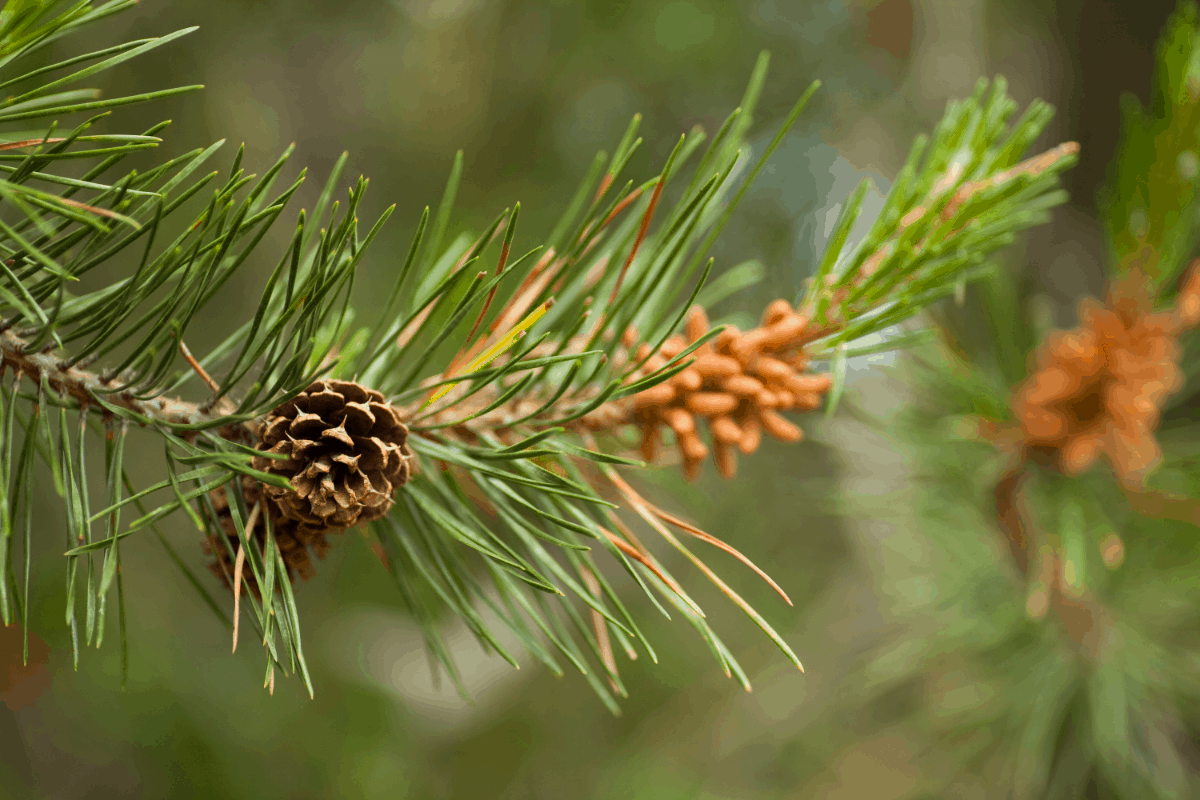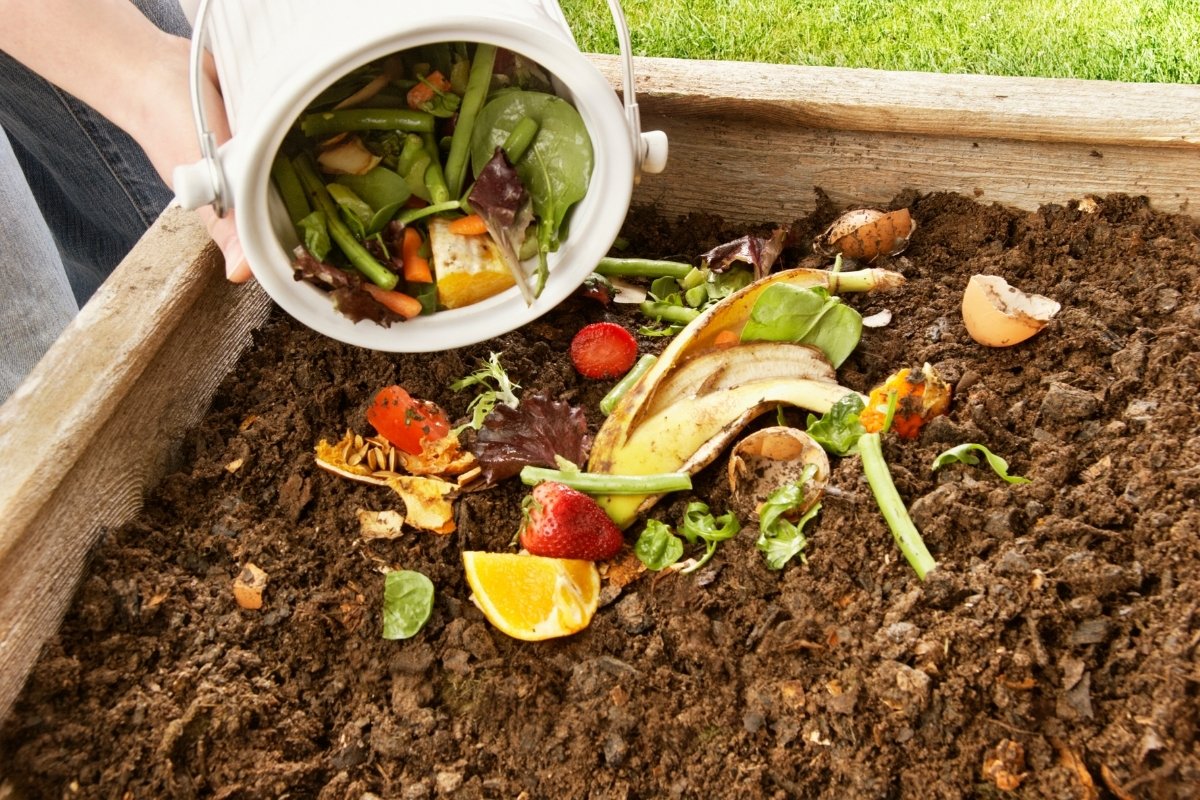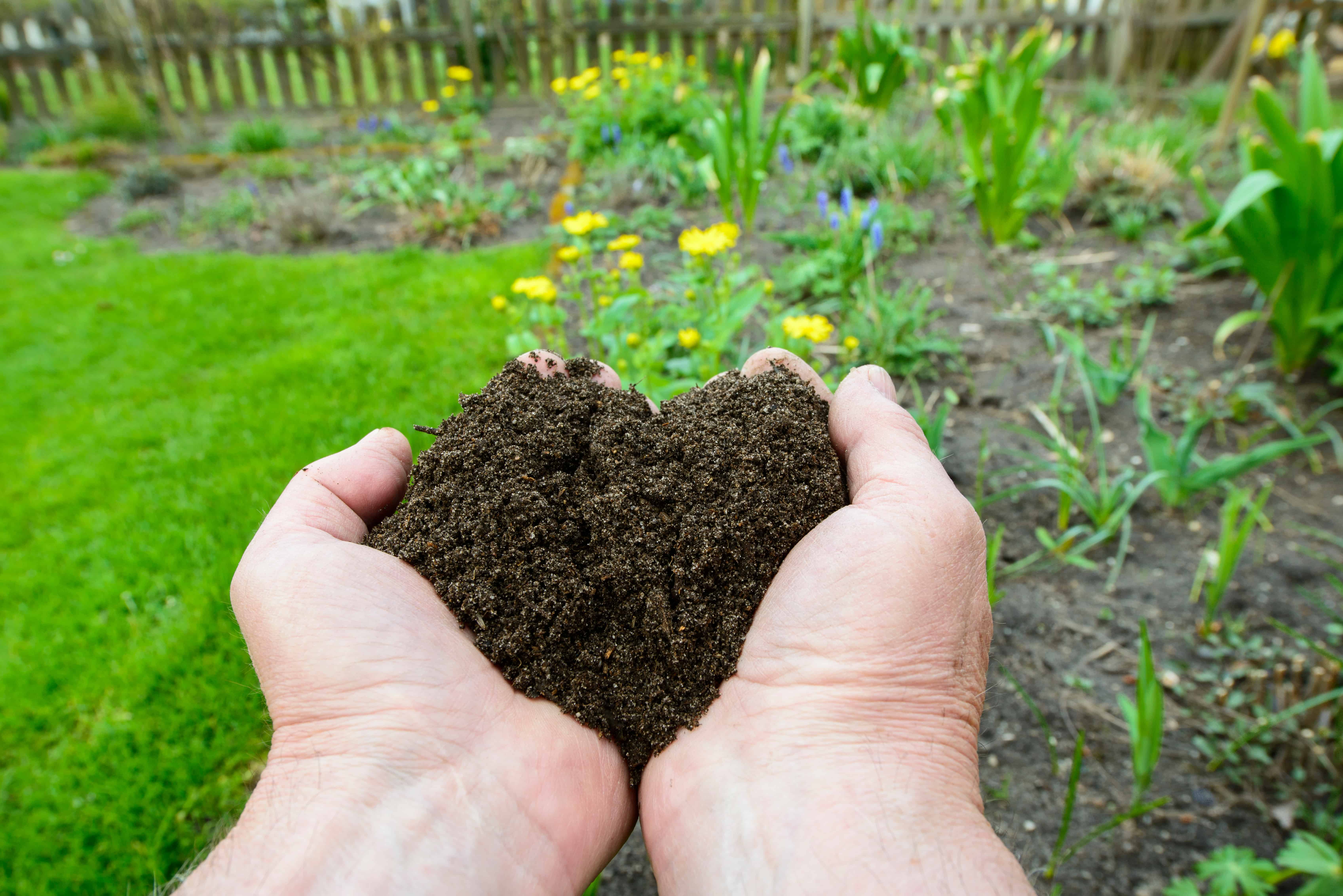Pine needles are abundant in nature and found in all parts of the world. They are a rich source of organic matter and are usually added to a compost pile or used as a side mulch. The best way to get the maximum result from adding pine needles to your compost is to ensure that other materials are present in the right proportion.
One of the reasons why most people are against adding pine needles to their compost is because it decomposes slowly. But pines are not the only materials in your compost pile that take too long to break down your eggshells also take a while to get ready.
Before we get into how best to compost pine needles, let us first find out how safe it is to include pine in your compost.
Are Pine Needles Good for Compost?
Composting allows you to convert kitchen waste into pure nutrients for garden plants. So if you do have indoor plants or a front lawn, you may want to consider setting aside your kitchen scrap for the compost bin. Not all materials are compostable, before adding any household waste into a compost bin, you need to confirm that it is organic. What this means is that you cannot include any synthetic material made from chemicals and other additives.
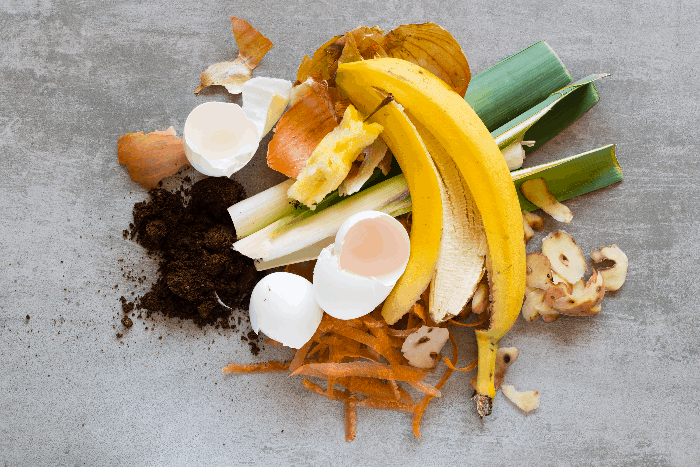
If you look through your trash can, the chances are that you should be able to find organic materials that you can include in your compost bin.
If you happen to have pine trees growing in your yard, or close to your garden, you can collect fresh pine needles and add them to your compost pile.
Some people believe pine needles to be acidic and alter the pH level of the
Pine needles are good for compost as they are a rich source of carbon for your compost. Their acidic nature makes pine a good addition to the
Composting Pine Needles
A lot of people with a pine tree in their garden don’t bother to rake or clear the fallen leaves. They leave them on the ground to act as mulch for the tree. There is no problem with this method if you are not interested in a compost pile. One good thing about pine needle is that they don’t litter the place when they fall. So you can leave them without worrying about the mess. The pine needles break down slowly and add nutrients to the
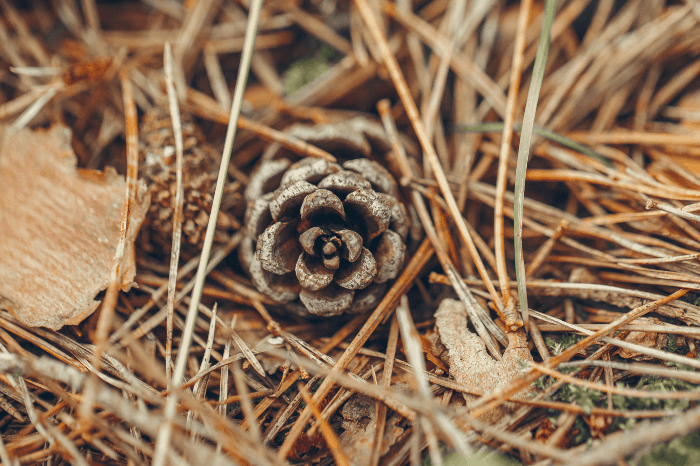
But if you are interested in making a compost pile with some pine needles, the process is relatively easy. All you need is to
1. Get a compost bin. You can find one to buy or construct one yourself if you can. The compost bin needs to be large enough to fit all the materials you toss inside. It doesn’t have to be too tight, it also does not have to be spacious. The right bin should fit all the materials you put inside it and be spacious enough to allow air to circulate. You have to consider this if you want your compost to be ready quickly.
2. Once you have acquired the right size of the compost bin, you will then need to collect some fresh pine needles. Collect as much as you can and then shred them into tiny pieces. You can do this by running your lawnmower over the heap of pine needles several times. Shredding is an important part of composting. All materials you add to your compost pile need to be broken down. You need to do this if you want the compost to be ready quickly.
3. You first need to throw in some grass clipping or vegetable peels to the bottom of your compost bin. The clippings and plant waste need to reach up to 8 inches in the bin. The next step is to sprinkle water on the clippings. You need to be careful to ensure you don’t soak them in water.
4. You can then add your freshly chopped pine needles into the bowl. You want to be careful to avoid using too many pine needles in your compost bin. Pine needles shouldn’t be more than 10% of the materials in your compost bin. Add 3 inch of pine needles to the 8 inches of grass clippings already in the bin.
5. Add in some water to the pine needles as you did with the grass clippings.
6. Once the pine needles are moist, the next step is to include some horse manure into the mix. You can make use of chicken or cow manure if you can access horse shit.
7. After adding the manure, you can now water the pile again like you did when you added the grass clippings and the pine needles.
8. You will need to repeat the process of adding grass clippings and pine needles if those are the only materials you are composting. Other materials such as kitchen waste, cardboard paper, and wood chips are equally good compostable materials.
9. After filling your compost bin with the right materials, you need to keep it in a section of your garden with direct access to sunlight. This way, the materials can get heated and decompose quickly. You also need to ensure you turn the pile regularly so as the materials can get access to air and heat. When you follow the right composting practice, your compost pile should be ready for use in a month or two.
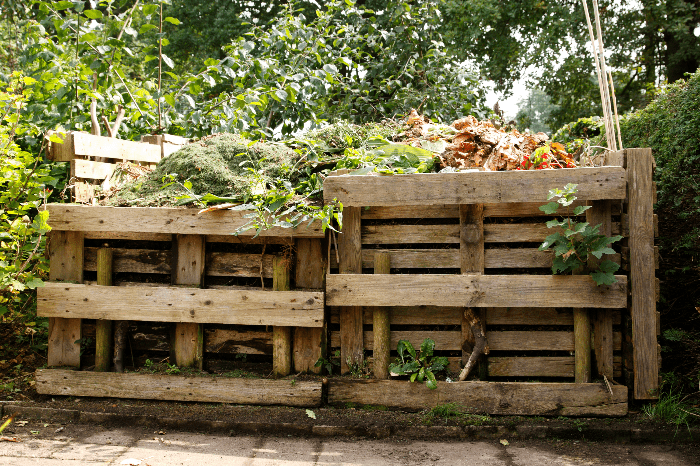
If you are composting indoors, you can make use of compost tumblers instead of bins, they are safe to use in your apartment building. You can also make use of them to compost your pine needles and kitchen waste if you like to reduce food wastage.
FAQs
It depends on the type of pine, how much you pile, and how much water you give them. It will also depend on the amount of organic matter in your soil. The longer the pine sits, the more beneficial. This also helps reduce the risk of diseases like black spot. Pine needles are actually a very valuable and useful part of the landscape, so here's the scoop. Pine needles are the leaf buds of pines. They are produced during the spring and summer months as the trees begin to grow new leaves. As the needles fall to the ground, they may be harvested and used as mulch or even as firewood. They also make a great soil amendment for your garden beds. Pine needles have several advantages over other types of mulch. First, they are easy to use. Simply rake up the pine needles, and they'll add organic matter and nitrogen to your soil without adding bulk. The pine needles break down into humus quickly, so they don't require much attention after you've added them to your garden beds. The needles are also free from diseases and pests that can affect other types of mulch. Pine needles aren't just useful as a mulch; they can also be used to control plant diseases and insects. Since pine needles are an excellent source of nitrogen, they can help promote healthy root growth and help plants tolerate drought and other stresses. Pine needles are an easy way to add a little extra color and texture to your garden. Not only will they provide some of the nutrients your plant needs, but they also help keep the soil cool in hot weather. You can find pine needles at most gardening stores, and they’re usually used for landscaping purposes (rather than food). You can use pine needles as mulch or you can spread them around your garden. Pine needles provide a lot of nutrients for plants, and they’ll help your garden stay healthy and attractive. As long as you don’t let the pine needles get too wet, they’ll be fine. Pine needles are an easy way to add a little extra color and texture to your garden. Pine mulch is just another option, not necessarily the best one, but if you have to use something you should make sure it's safe for your plants. Pine mulch is not as effective as wood mulch because the nutrients from the pine mulch leach out faster. Some people like it because it looks pretty in their flower beds, but it may not be worth the cost.How long does it take for pine needles to compost?
Are pine needles good for garden beds?
What plants can I use pine needles on?
Is pine mulch good for vegetable garden?

Josephine is an enthusiastic gardener who loves to spend her spare time tending to her garden. She is passionate about growing her own food, and aspires to one day have her own vegetable garden. Josephine is also an animal lover and often takes in stray cats and dogs. She enjoys spending time with her pets in the garden, and is often seen playing with them or watering her plants. Josephine is an avid reader and enjoys learning about new gardening techniques and plants. She is always looking for ways to improve her garden and make it more beautiful. She is a great friend, always willing to lend a helping hand when needed. Josephine‘s passion for gardening and love of animals make her a wonderful addition to any garden.

